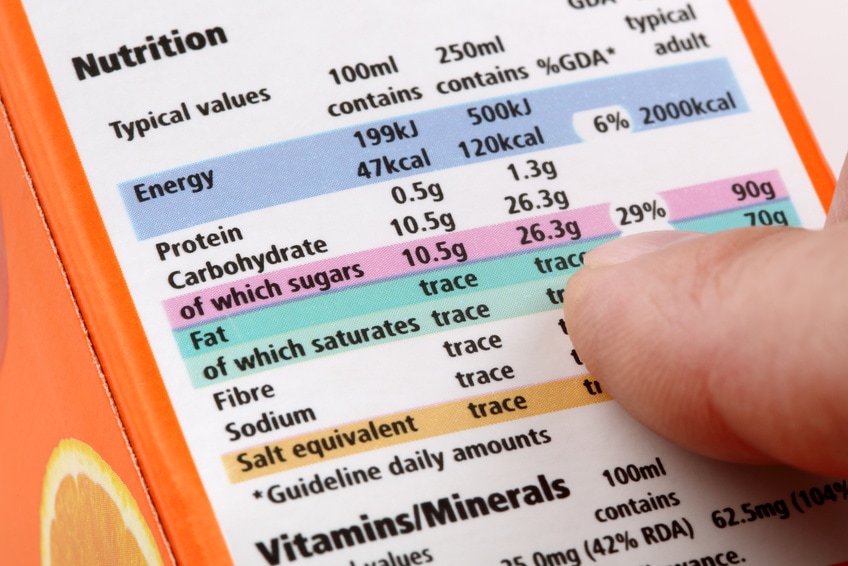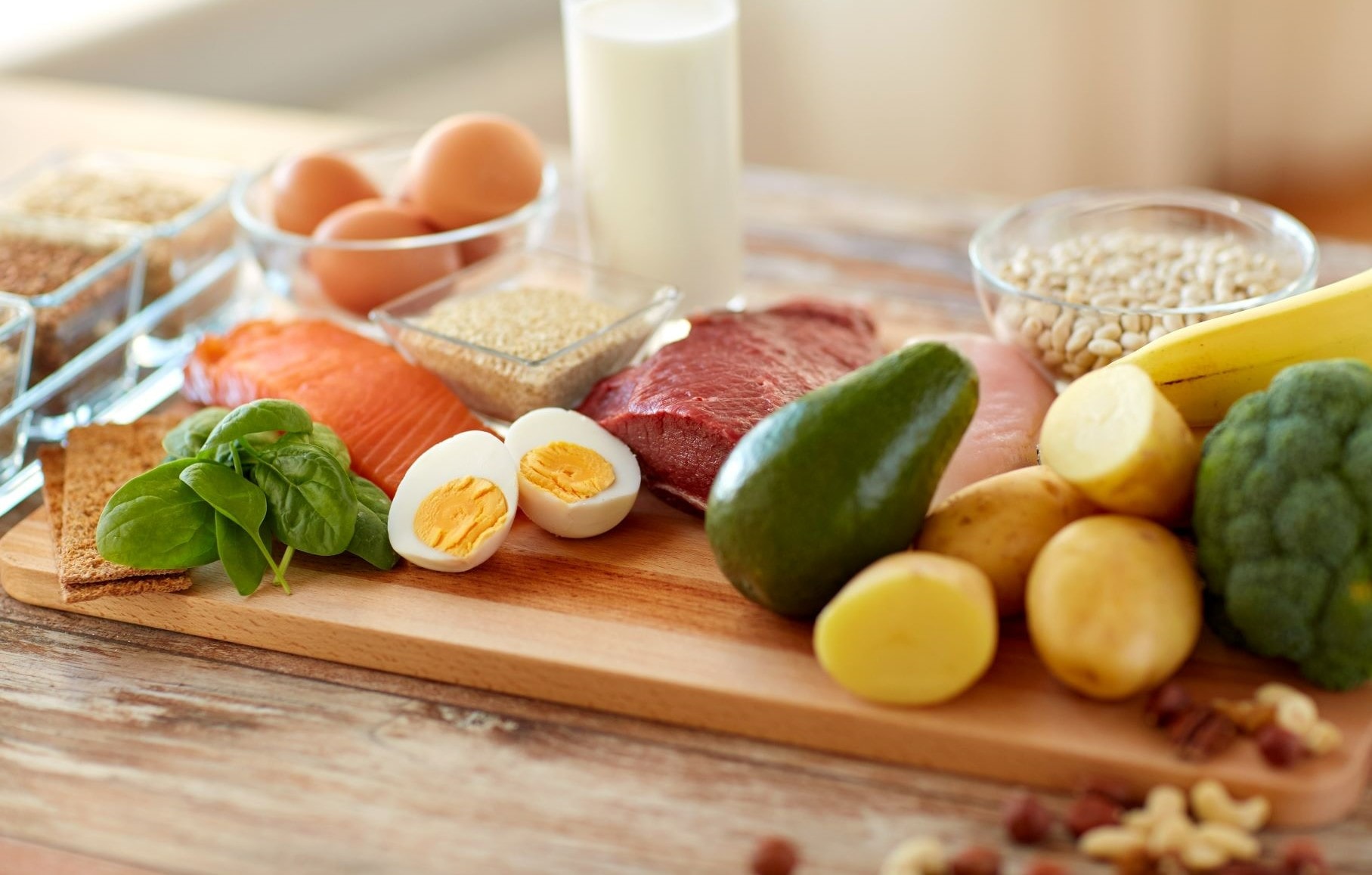How to count carbohydrates: 5 tips to keep you on track

Counting carbohydrates (carbs) is important to do at meal and snack times to calculate the amount of insulin you'll need. Carbs are the one thing that can really affect your blood sugar and throw us into a tailspin, whether you have too many or not enough to match your insulin dose. Carb counting seems simple enough, but sometimes it can be a little tricky. Here are 5 tips from our clinical team to help keep you on track.
1. Read Nutrition Labels
Most food items have nutrition labels on their packaging, showing the total carbohydrate count per serving. Be sure to look at the serving size, too. Certain packaged foods may contain more servings than you think. If you are eating out, call the restaurant ahead of time, check out their website, or ask for their menu nutrition facts when you arrive. More and more restaurants are publically providing this information. Again, be sure to look at the serving size, as a plate of food or an order of pizza may be more than one serving size.
2. Reference Books, Websites, and/or Apps
What happens if the food you're eating doesn't come with a nutrition label? How will you know how many carbs you're eating? There's an app for that, as well as websites and books! There are a variety of helpful smartphone/tablet apps, websites, and books out there that can make it very simple and almost painless to count your carbs.
3. Keep a Food Journal
Put together a food journal for many of the foods and meals you normally eat, and their carb count per your typical serving. This can be a journal or notebook, an online database, or a smartphone/tablet app. Start by writing down the foods and beverages you typically eat for breakfast, lunch, snacks, and dinner. Then, think about the portions sizes you usually eat, and look up the carb count for those portions. If you don't know the portion size you usually eat, just measure the food and take note of the portion size next time you eat it. Next, combine the individual foods into meals, and add up the total carb count for each meal. Over time, you'll get a better sense of how many carbs are in certain foods you eat, and how they affect your blood glucose levels.
4. Make Use of Measuring Cups
You can evaluate your portion size by measuring your food with a measuring cup. If a serving size is one cup, measure one cup, and you can be sure that's how much you're eating. If you want half of the serving, and a serving is one cup, then measure half cup and divide the total carbohydrate count for one serving in half. Don't have a measuring cup available? An alternative to measuring cups is using your hands to estimate portions. Your fist is about one cup, the palm of your hand or a deck of cards is about three ounces, your thumb is about one ounce or one tablespoon, the tip of your thumb is about one teaspoon, and a handful is about a half cup. Remember, this is just an estimate and depends on the size of your hand, so you may want to verify these measurements for your specific hand size.
5. Utilize Food Scales
Fresh produce such as apples, potatoes, and other starchy vegetables come in a wide range of sizes, often times, without a nutrition label. The difference between a small and large piece of fruit can easily be 15 grams or more. Weigh pieces of produce, either at the grocery store or at home with a kitchen scale, and look up the carb count based on the weight. If a scale is not available, estimate the diameter of the fruit or vegetable. Calorie King provides nutrition facts based on fruit and vegetable size, too. What if you don't have a ruler or talent for eyeballing size? No problem. You probably have a "good enough" ruler in your pocket: a dollar bill or an iPhone. A dollar bill is six inches by two and a half inches, and an iPhone is 4.5 inches long, so you can use either of these to get a rough estimate of the fruit or vegetable you need to measure.
Want to learn more about counting carbohydrates? Visit the myLearning Counting Carbohydrates course that walks you through the basics of estimating carbohydrates and reading food labels.
What tips do you have for carb counting? How has counting carbs worked for you? Do you find it cumbersome or difficult? Do you take in other dietary factors when calculating insulin doses? Tell us what you think in the comments below!



